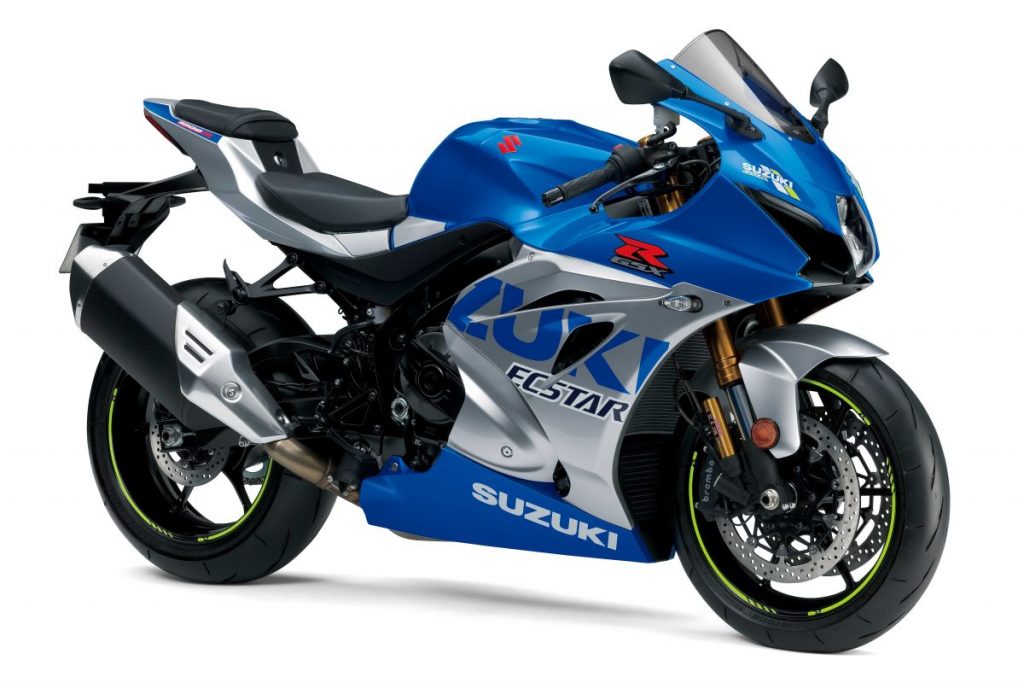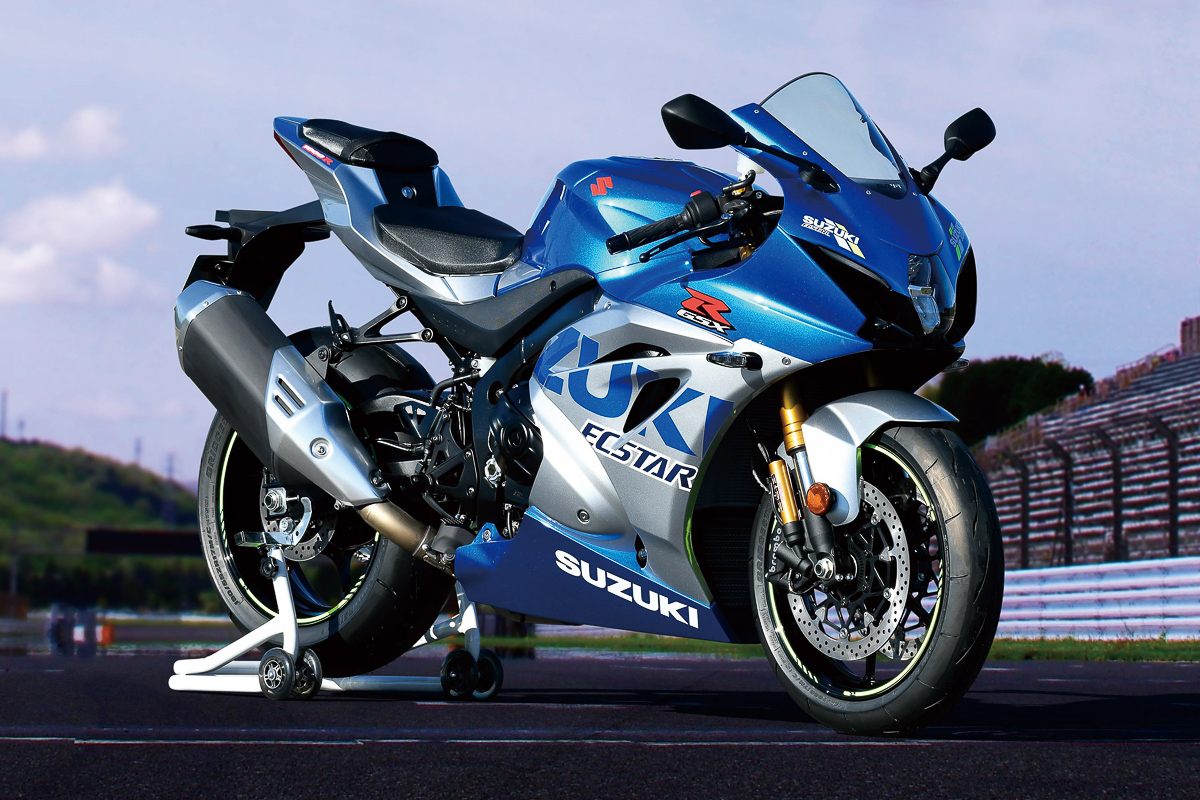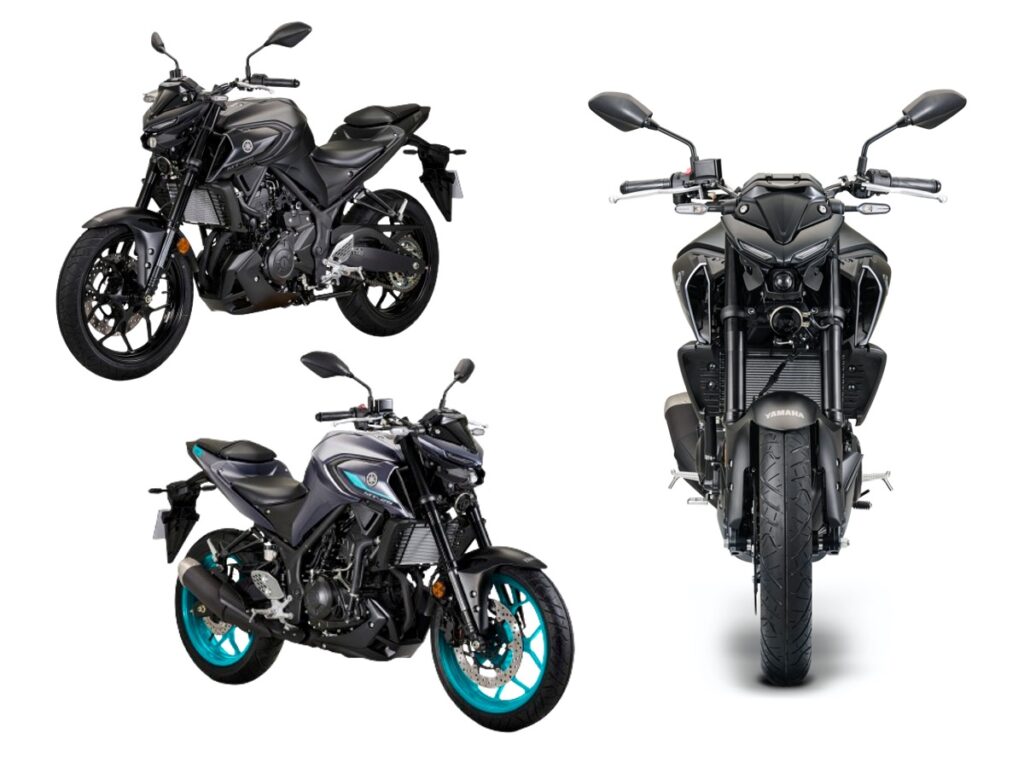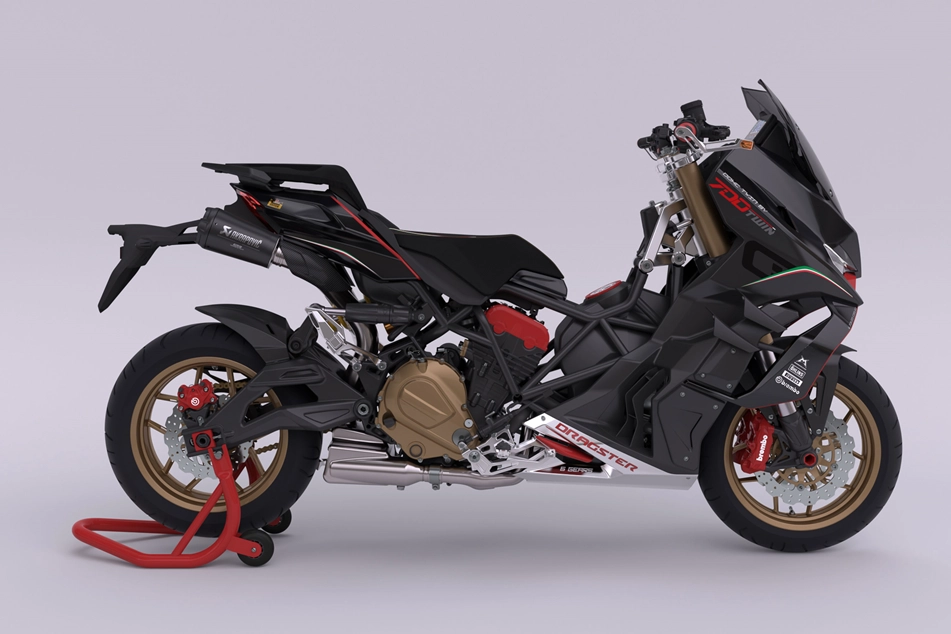2024 marks a significant milestone for sportbikes as it commemorates 40 years since Suzuki introduced the revolutionary GSX-R template that still serves as the foundation for modern sportbike design.
- New patent application from Suzuki suggests that changes are on the horizon for the GSX-R1000, focusing on enhancing its aerodynamics.
- The current GSX-R1000, largely unchanged since its introduction as an all-new model in 2017, is due for an update.
This revamp aims not only to improve its competitiveness in the showroom but also to meet the latest Euro 5 emissions limits, which caused the model to be withdrawn from the European market at the end of last year due to noncompliance.
Suzuki’s recent patent application reveals the company’s continued commitment to technological advancement for its superbike lineup, despite a waning interest in racing. The patent showcases an innovative fairing concept, promising to enhance cooling efficiency and minimize drag. Although the application lacks detailed bike renderings, the engine and frame shapes align with those of the GSX-R1000.
The proposed improvement focuses on optimizing airflow into the radiator, located just behind the front wheel. By refining the passage between the upper side of the front fender and the lower surface of the nose fairing, Suzuki aims to eliminate the common issue faced by conventional faired bikes. These motorcycles typically feature a void beneath the nose, necessitated by the fork’s movement. Unfortunately, this void allows some airflow that should be directed to the radiator to instead be drawn through the gap.
While the GSX-R1000 impressed upon its launch in 2017, it now lags behind its main competitors, particularly in terms of aerodynamics. Many of its rivals have adopted MotoGP-inspired winglets, for instance.
Additionally, the current engine configuration fails to comply with Euro 5 standards, adding further impetus for an update. In 2019, Suzuki submitted patent applications for an upgraded computer-controlled variable valve timing system, intended to replace the purely mechanical, centrifugal VVT present in the current model. Such an enhancement would undoubtedly aid in achieving emissions certification.





















